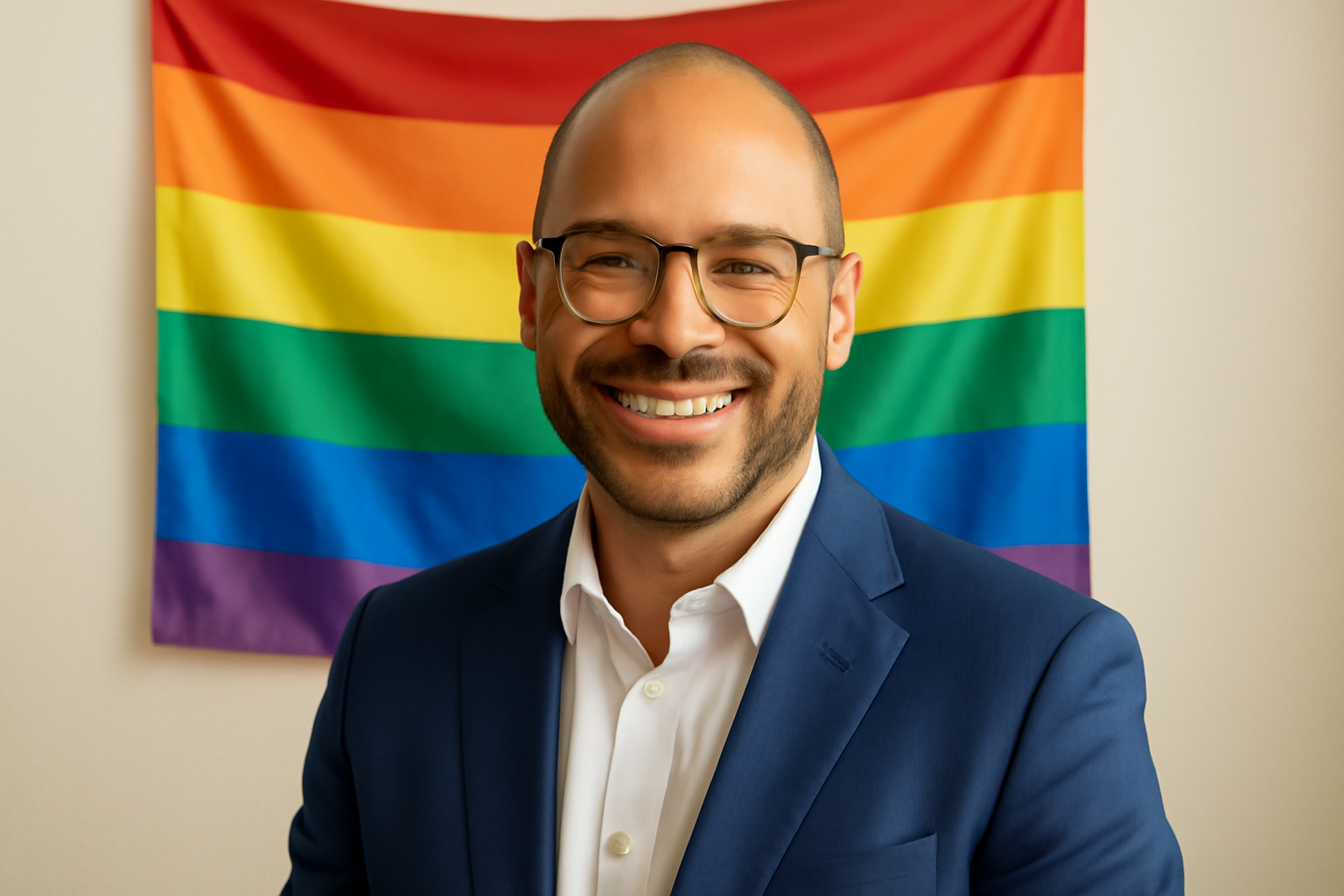
Leadership in the modern world demands a nuanced understanding of the diverse identities and experiences that make up our communities. Dr. Tyler TerMeer is a pioneering figure in this realm, advocating for a leadership model that truly embraces and represents the mosaic of identities present within our society. In this article, we explore Dr. TerMeer’s insights on intersectional leadership and its impact on creating inclusive environments.
The Essence of Intersectionality
Understanding intersectionality is crucial to appreciating Dr. TerMeer’s approach. Coined by scholar Kimberlé Crenshaw, intersectionality explains how various social identities such as race, gender, sexual orientation, and class intersect to create unique experiences of discrimination and privilege. For leaders, recognizing these intersections is key to fostering an environment where everyone feels seen and valued.
Dr. TerMeer emphasizes that intersectional leadership is not just about acknowledging diversity but actively integrating it into decision-making processes. This means listening to diverse voices, understanding their unique challenges, and crafting policies that address these specific needs. By doing so, leaders can cultivate a truly inclusive atmosphere where all members of the community can thrive.
Challenges in Intersectional Leadership
Despite its importance, implementing intersectional leadership is not without challenges. Leaders must confront their own biases and be willing to engage in uncomfortable conversations. Dr. TerMeer points out that this requires not only empathy and open-mindedness but also a commitment to ongoing education and self-reflection.
Organizations often struggle with balancing the varied needs of their community members. Dr. TerMeer advocates for a collaborative approach, where leaders actively engage with their community to understand their perspectives and work together to find solutions. This participative model ensures that policies are not only inclusive but also effective in addressing the real issues faced by diverse groups.
Benefits of Embracing Intersectional Leadership
The benefits of adopting an intersectional approach to leadership are manifold. Firstly, it enhances the sense of belonging among community members. When individuals see themselves reflected in their leaders and policies, they are more likely to feel valued and respected. This, in turn, boosts morale and productivity, as people are more motivated to contribute to an environment where they feel appreciated.
Moreover, intersectional leadership leads to more innovative solutions. By drawing from a wide range of experiences and perspectives, leaders can devise strategies that are not only creative but also grounded in a deep understanding of the complexities of modern societal issues. This diversity of thought is a powerful driver of innovation, allowing organizations to stay competitive and relevant in an ever-changing world.
Practical Steps for Leaders
For leaders looking to incorporate intersectionality into their leadership style, Dr. TerMeer offers several practical steps. First, they must educate themselves on the concept of intersectionality and its implications. This involves reading literature, attending workshops, and engaging with thought leaders in the field.
Next, leaders should conduct an audit of their current policies and practices to identify areas where they may be falling short. This audit should be followed by actionable steps to address any gaps in inclusivity. Dr. TerMeer suggests forming diversity councils or committees to ensure that a broad range of voices are included in decision-making processes.
Finally, leaders must commit to ongoing reflection and adaptation. The dynamics of diversity and inclusion are constantly evolving, and leaders must remain agile and responsive to these changes. Regularly soliciting feedback from community members and adapting strategies accordingly is essential to maintaining an inclusive environment.
Conclusion
Dr. Tyler TerMeer’s insights into intersectional leadership provide a roadmap for creating vibrant and inclusive communities. By embracing the full spectrum of diversity in their leadership practices, leaders can foster environments where all individuals have the opportunity to flourish. As society continues to evolve, the principles of intersectional leadership will undoubtedly play a pivotal role in shaping a more equitable and just world.
In the journey towards inclusivity, adopting an intersectional lens is not just beneficial but necessary. Let us take inspiration from leaders like Dr. TerMeer, who are paving the way for a future where every voice is heard and valued.
Related Posts
Triumphant Trans Woman Wins Legal Battle and Inspires Others to Stand Up for Their Rights
Breaking new ground: a landmark victory in transgender rights After battling in courtrooms and enduring endless challenges, Diana Portillo, a transgender woman, has secured a monumental victory in her decade-long fight against workplace discrimination. The result? Nearly $1 million awarded in a historic settlement. But this isn't just a win on paper—it represents a powerful precedent in combati [...]
Pride Month in Latin America: Protests and Demands for Equality
**Celebrating Pride and advocating LGBTQ+ rights in Latin America** Pride Month in Latin America was a lively mix where celebration met activism. Communities united, not just throwing a party but making a stand—demanding equality and pushing governments toward better protection and rights recognition. Throughout Latin America, pride events erupted in marches and cultural displays, each with a c [...]
Transgender Erasure Actions Implemented by National Park Service
```html Trump administration's impact on national park service and transgender recognition The Trump administration made notable moves in undermining transgender representation, which included directing agencies like National Park Service not include "T" and "Q" when they refered “LGBTQ” in any official communication. This move seems part a broader plan by this administration aimed at reducin [...]